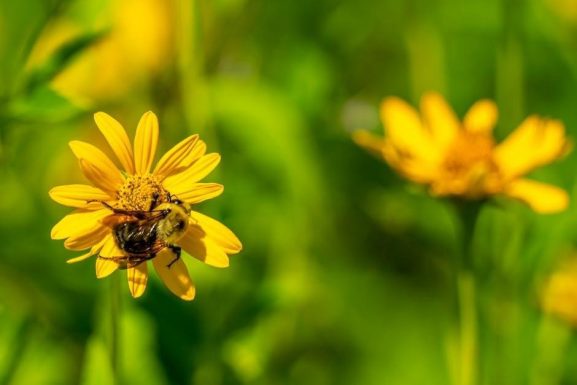Insect eggs are incredibly diverse, varying in shape, size, color, and texture. Identifying them is crucial for understanding pest management and ecological balance. This guide helps recognize common insect eggs in the USA, aiding gardeners, farmers, and pest control professionals in early detection and effective solutions.
Characteristics of Insect Eggs
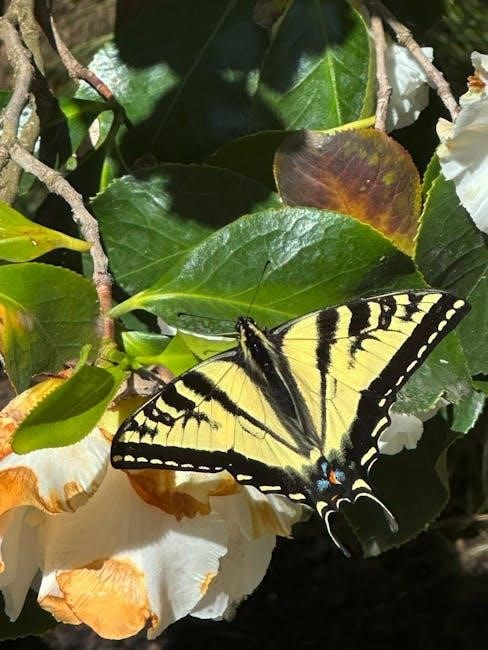
Insect eggs vary widely in shape, size, color, and texture. They can be oval, spherical, cylindrical, or irregular, ranging from microscopic to easily visible. Colors differ from white to dark hues, while textures may be smooth, ridged, or covered in protective structures, aiding in identification and species-specific adaptation.
Shape
The shape of insect eggs is remarkably diverse and often species-specific, making it a key feature for identification. Common shapes include oval, spherical, cylindrical, and irregular forms. For instance, whitefly eggs are typically oval and laid in precise, concentric patterns on leaf undersides, while stick insect eggs are cylindrical and resemble seeds. Some species, like certain wasps, lay eggs with ridged or sculptured surfaces, enhancing their camouflage. Irregular shapes are less common but can be seen in eggs that require specific substrates for development. This diversity in shape is an adaptation to ensure survival, often mimicking surrounding environments or providing structural stability. By examining the shape, one can narrow down potential species and better understand their ecological strategies.
Size
The size of insect eggs varies significantly across species, ranging from microscopic to a few millimeters in length. For instance, termite eggs are extremely small, typically white, and oval-shaped, while squash bug eggs are larger and lay in clusters. The size often correlates with the insect’s life cycle and habitat, as larger eggs may contain more nutrients for larval development. In the USA, common pest species like bed bugs and cockroaches lay eggs that are just visible to the naked eye, while beneficial insects, such as lady beetles, produce smaller, more inconspicuous eggs. Understanding the size of insect eggs is crucial for identification, as it helps narrow down potential species and their ecological roles. For accurate identification, magnification tools are often necessary, especially for smaller eggs. By examining size alongside other characteristics like shape and color, one can more effectively determine the species and assess its impact on the environment or agriculture. This trait is vital for pest management and conservation efforts, making size a cornerstone of insect egg identification.
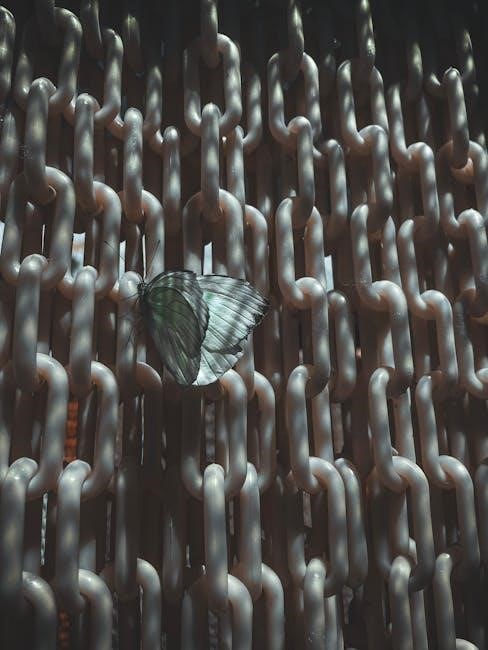
Color
Insect eggs exhibit a wide range of colors, which can be a key feature for identification. Many species lay eggs that are white or pale, such as bed bug eggs and termite eggs, which are often nearly translucent. In contrast, some eggs have distinct colors that blend with their surroundings for camouflage. For example, squash bug eggs are typically bronze or copper-colored, while whitefly eggs are pale yellow and laid in a concentric pattern on leaf undersides. Color can also vary based on the stage of development, with freshly laid eggs sometimes appearing brighter or more vibrant than older ones.
Some insects, like certain beetles, may have eggs with darker hues, such as brown or black, which help them merge with soil or plant surfaces. Additionally, parasitic wasps often lay eggs that are difficult to see due to their small size and neutral colors. The color of the eggs can also indicate the species’ ecological role, with beneficial insects like lady beetles often producing brightly colored eggs. Identifying insect eggs by color requires careful observation and comparisons with reference guides, as variations can be subtle yet significant.
Understanding the color patterns of insect eggs is essential for accurate identification, particularly in agricultural and pest management contexts. By noting the egg’s color, one can narrow down potential species and assess their impact on the environment or crops. This characteristic, combined with other traits like shape and size, provides a comprehensive approach to distinguishing between harmful and beneficial insects.
Texture
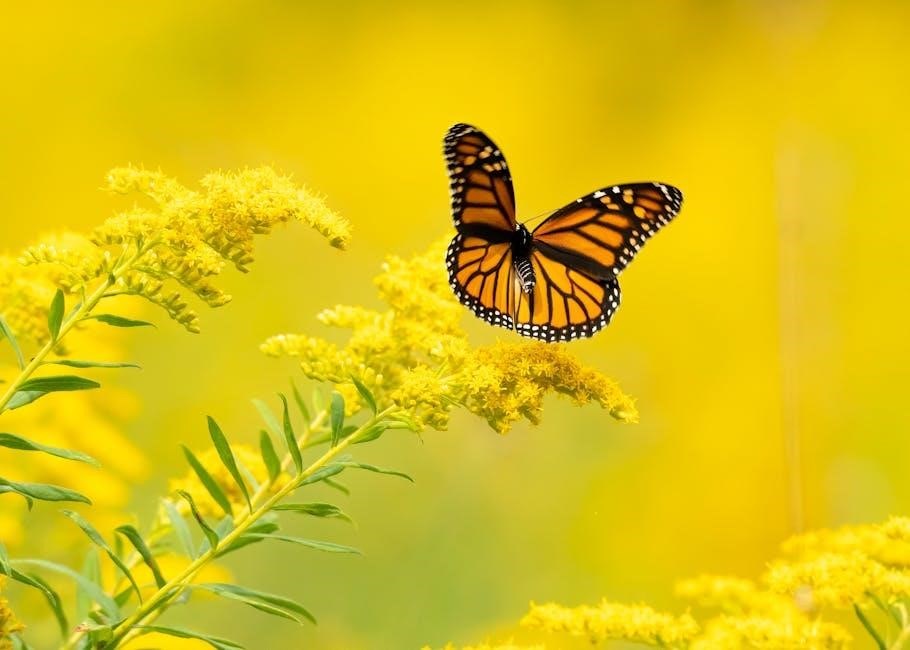
The texture of insect eggs is another critical factor in identification, as it varies significantly across species. Some eggs have smooth surfaces, while others may be ridged, textured, or even fuzzy. For instance, cabbage looper eggs are typically smooth and slightly shiny, while tobacco budworm eggs have a fine, reticulated pattern on their surface. The texture can also serve as a protective mechanism; for example, cockroach eggs are enclosed in a hardened, leathery case called an ootheca, which provides durability and resistance to environmental factors.
Certain species lay eggs with unique textures to blend into their surroundings. For example, lacewing eggs are often covered in a white, cottony substance that helps them mimic fungal growth, making them less noticeable to predators. Similarly, stink bug eggs may have a textured or spiny surface, which can deter predators from feeding on them.
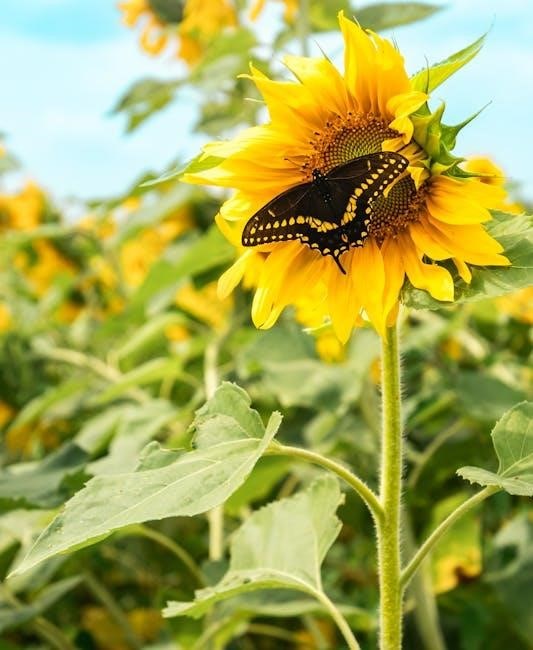
Observing the texture of insect eggs requires careful examination, often with magnification. This characteristic, combined with other features like color and shape, helps in distinguishing between species. For example, aphid eggs are typically smooth and oval, while fly eggs are usually elongated and ribbed. Understanding these variations is essential for accurate identification, especially in agricultural and pest management contexts where timely detection is crucial.
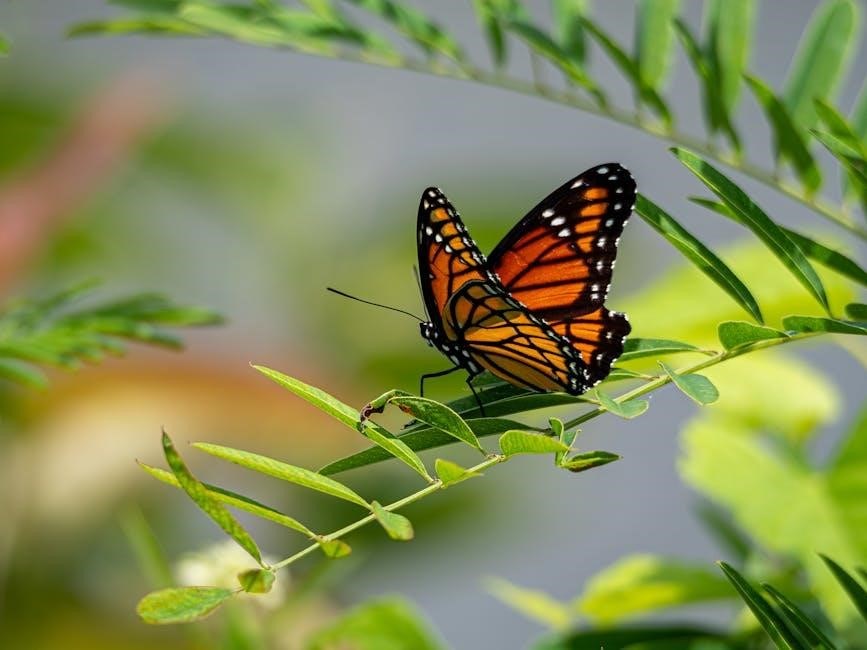
Common Habitats for Insect Eggs
Insect eggs are found in diverse environments, including gardens, forests, homes, and agricultural areas. Gardens often host eggs of pests like aphids and caterpillars, while forests shelter eggs of tree-dwelling species. Homes may harbor eggs of indoor pests, such as bed bugs and cockroaches. Agricultural areas are common for eggs of crop-damaging insects like squash bugs and whiteflies.
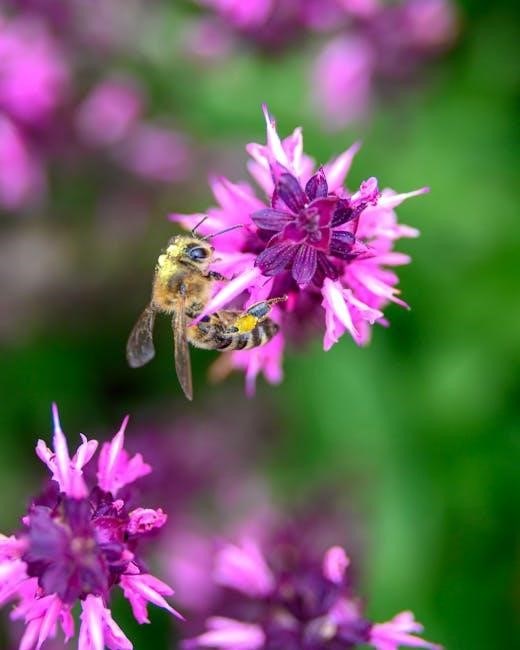
Gardens
Gardens are among the most common habitats for insect eggs, as they provide ample food and shelter for various species. Many garden pests, such as aphids, caterpillars, and squash bugs, lay their eggs on plants. Aphid eggs are often found on the underside of leaves, while caterpillar eggs may be deposited on stems or leaves. Squash bugs, notorious for damaging crops, typically lay their eggs in clusters on the underside of leaves, where they are protected from predators. Whiteflies also deposit their eggs on the underside of leaves, often in concentric patterns. These eggs are usually tiny and white, making them difficult to spot without close inspection.
Gardeners should be vigilant, as these eggs can signify the onset of an infestation. Regularly inspecting plants, especially the undersides of leaves and stems, can help in early detection. Beneficial insects, such as ladybugs and lacewings, also lay their eggs in gardens, often near pest populations to ensure their larvae have a food source. Identifying these eggs can help gardeners distinguish between harmful and beneficial species, allowing for targeted pest management strategies. By understanding the types of insect eggs present, gardeners can take proactive steps to protect their plants and maintain a balanced ecosystem.
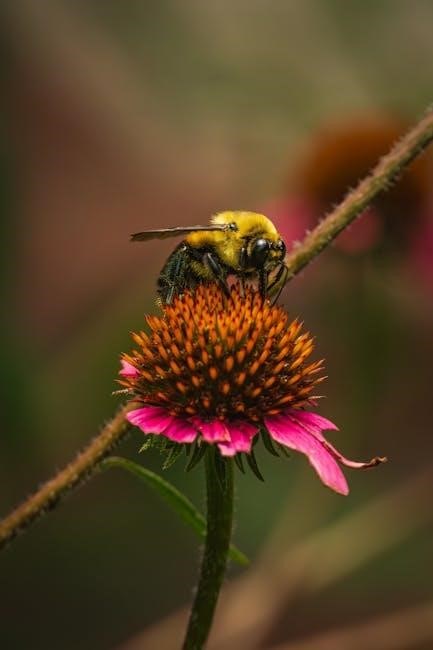
Forests
Forests are a vast and diverse habitat for insect eggs, providing shelter and resources for countless species. Insect eggs in forests can be found on tree bark, leaves, and within the soil. Cicadas, for example, are known to lay their eggs in the ground near tree roots, emerging after years of underground development. Forests also host eggs of beneficial insects, such as parasitic wasps, which prey on harmful pests, aiding in natural pest control.
Some forest insects, like the lichen moths, lay their eggs on tree trunks or branches, where the larvae feed on lichen and fungi. Others, such as the pine beetle, deposit their eggs beneath the bark of trees, potentially leading to infestations that can harm the tree. Identifying these eggs requires a keen eye and knowledge of their habitats. Visual guides and expert resources are essential tools for distinguishing between harmful and beneficial species in forest ecosystems.
Understanding insect eggs in forests is crucial for maintaining ecological balance and managing potential pest outbreaks. By recognizing the signs of insect activity, foresters and conservationists can take proactive measures to protect tree health and biodiversity. Forests are not just habitats for insects but also vital ecosystems that rely on the delicate balance of their inhabitants.
Homes
Homes provide a unique environment for insect eggs, as they offer shelter and food sources. Common household insects like bed bugs, cockroaches, and termites often lay their eggs indoors. Bed bug eggs, for instance, are small, white, and typically found in cracks and crevices near mattresses or furniture. Cockroach eggs, on the other hand, are encapsulated in a protective case called an ootheca, which can contain multiple eggs and is often located in dark, moist areas like kitchens or bathrooms.
Identifying insect eggs in homes is crucial for early detection of potential infestations. Termites, for example, lay their eggs in underground colonies, but their presence can be indicated by mud tubes or discarded wings near walls. Spider eggs are often enclosed in silk sacs and can be found in corners or along baseboards. Regular inspections of carpets, wood structures, and upholstery can help spot these eggs before they hatch and cause damage. Understanding the types of insect eggs found in homes enables homeowners to take preventive measures, such as sealing entry points and maintaining cleanliness, to avoid pest-related issues.
Agricultural Areas
Agricultural areas are prime habitats for insect eggs, as they provide abundant food sources and suitable environments for reproduction. Many pest species, such as squash bugs, Diaspididae (armored scale insects), and cicadas, lay their eggs in fields, orchards, and farmlands. Squash bug eggs, for example, are often found on the underside of leaves, while cicadas deposit their eggs in soil or plant tissues after emerging from long underground cycles. These eggs can significantly impact crop health, leading to reduced yields or plant damage if left unchecked.
Identifying insect eggs in agricultural settings is vital for pest management. Farmers and agricultural professionals use techniques like visual inspections and monitoring tools to detect eggs early, preventing infestations. For instance, the eggs of beneficial insects, such as parasitoids that prey on pests, can be encouraged to promote biological control. However, pest eggs, like those of the corn borer, require timely intervention to avoid economic losses. Advanced methods, such as molecular analysis and machine learning, are increasingly being used to identify and classify insect eggs accurately. By understanding the types of eggs present, agricultural specialists can implement targeted strategies to protect crops and maintain ecosystem balance.
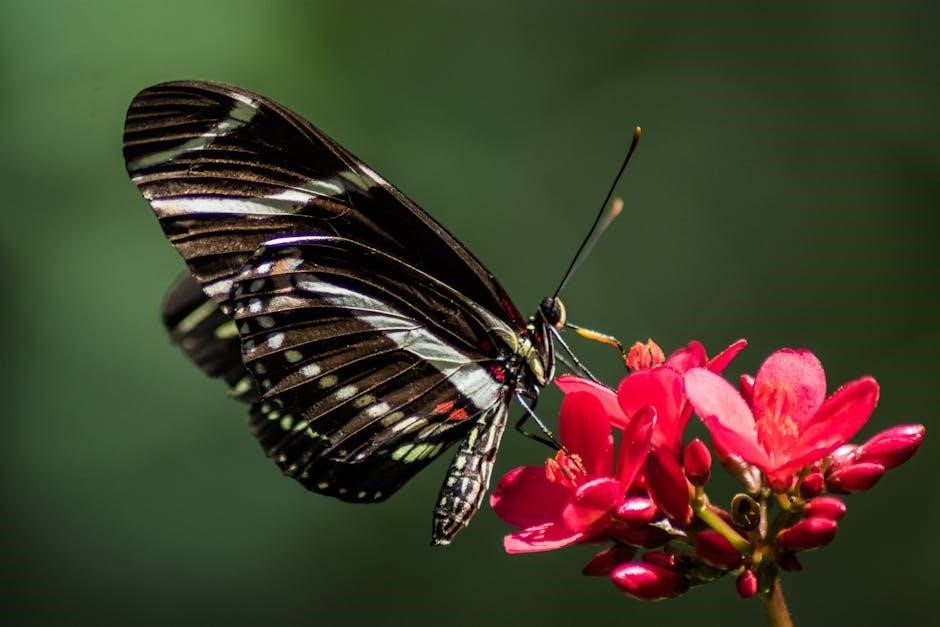
Identification Methods
Identifying insect eggs involves examining their size, shape, color, and habitat. Visual guides and charts are essential tools for distinguishing species. Advanced methods, such as molecular analysis and deep learning, enhance accuracy, especially for pest management and ecological studies.
Experts and online resources, like BugGuide, provide detailed images and descriptions to aid in recognition. These methods ensure accurate identification, crucial for effective pest control and conservation efforts in agricultural and natural settings across the USA.
Visual Guides
Visual guides are indispensable tools for identifying insect eggs, offering detailed images and descriptions to help distinguish species. These resources often include high-quality photographs, illustrations, and comparative charts to highlight key features such as shape, size, color, and texture.
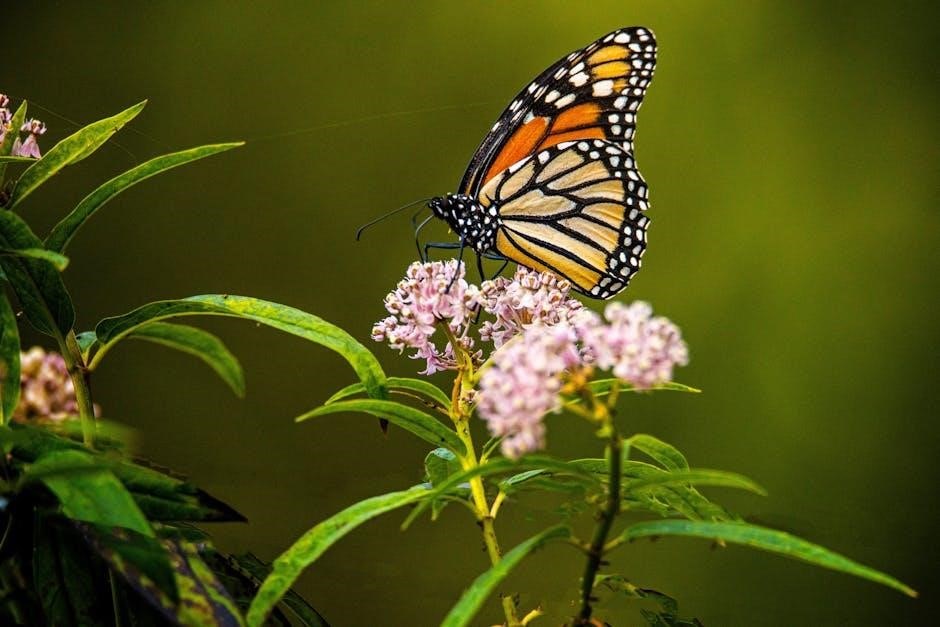
Online platforms like BugGuide and agricultural extension services provide extensive visual databases, enabling users to match unknown eggs with known species. Field guides and pest management handbooks also serve as valuable references, particularly for gardeners and farmers concerned about pest infestations.
For example, the University of California’s Integrated Pest Management (UC IPM) guide includes images of eggs from common pests, while Ehrlich Pest Control offers visual aids for identifying eggs of bed bugs, termites, and other household pests. These guides often categorize eggs by habitat, such as those found on plants, in soil, or within homes.
Advanced visual guides may incorporate life cycle information, showing how eggs relate to larvae and adult insects. This holistic approach helps users understand the broader ecological and pest management implications of their findings. With the rise of digital technology, many visual guides are now accessible online, making insect egg identification more convenient than ever.
By leveraging these resources, anyone can become proficient in identifying insect eggs, whether for scientific study, pest control, or general curiosity. Visual guides remain a cornerstone of insect egg identification, bridging the gap between observation and understanding.
